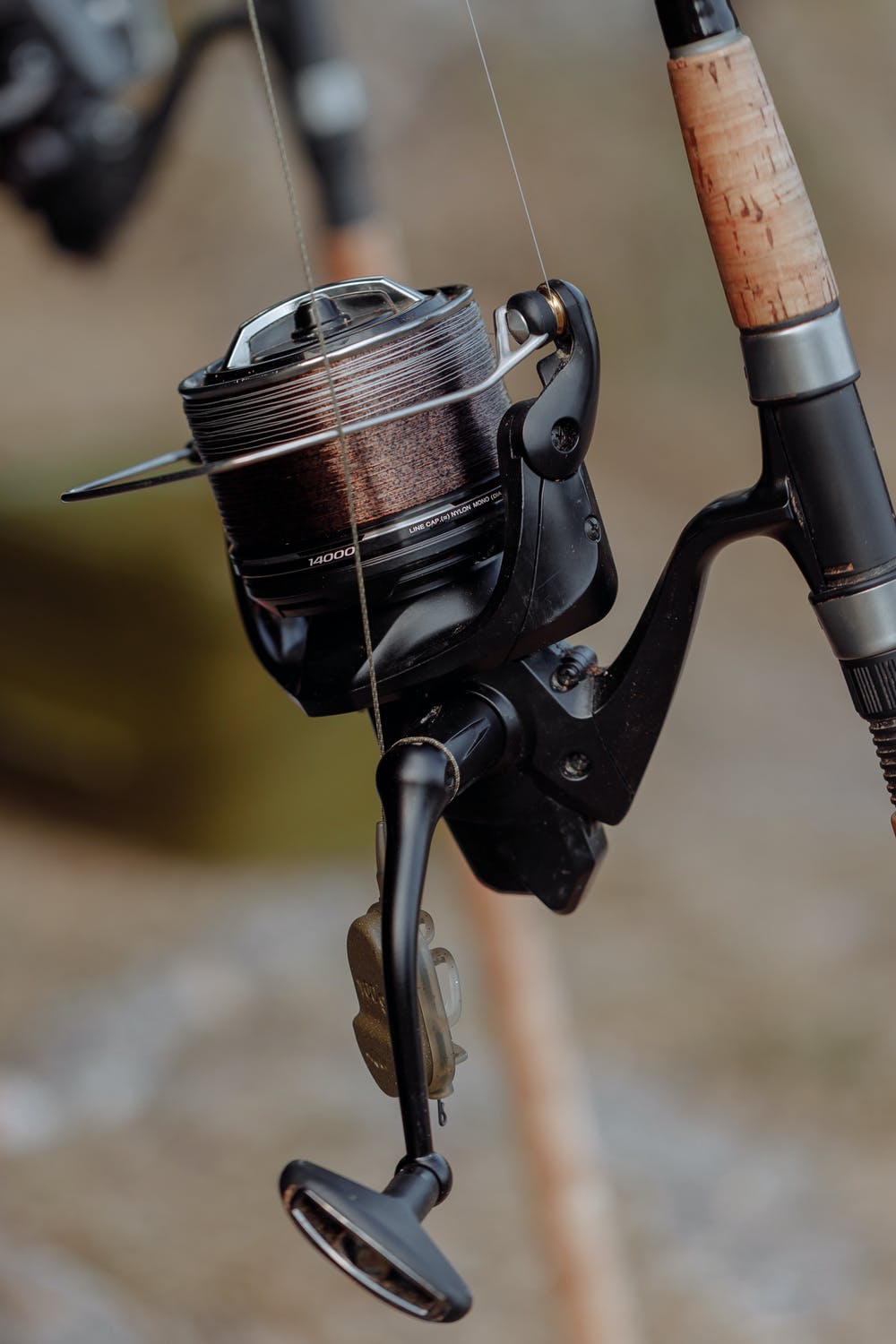Tackle failure and a host of other fishing mishaps can happen when you fail to clean your gear. Foregoing gear maintenance leads to lost catches and results in the premature retirement of your gear pieces.
In particular, reels have to undergo ongoing maintenance to keep running smoothly and have a prolonged lifespan. Aside from the best reel oil, what else do you need to maintain your reel?
What to Use to Clean Your Reels
A bottle of high-quality surface cleaner and some paper towels won’t cut it for cleaning your reels (and rods, for that matter). You also want to steer clear of soaps and degreasers since they tend to leave residue and can even damage your equipment.
Before you get to the actual cleaning, set a clean towel on a hard, stable surface so you can inspect your reel cleaning supplies and materials. Here are some of the things you would need to do the job right:
- Small screwdrivers
- Small wrench
- Toothbrush (old or new)
- One pack of toothpicks
- Tweezers
- Rod and reel cleaning products
The market is saturated with tons of high-quality reel cleaning products, one of which being the Ardent Rod Cleaning Kit. Of course, you’re free to go for the kit that best suits your gear and cleaning approach.
If you decide not to opt for a cleaning kit, that’s fine too. You can go for the standard lighter fluid, which does as well at breaking down excess grime than specialized formulations.
Now that you have all the right things to clean reels with, it’s time to move on to the actual cleaning. Remember to clean the whole blank and the guides to get rid of all the weed buildup.
How to Clean Your Reel in Four Steps
When cleaning your fishing rod, the first part you should work on is the reel. Here’s how you go about the reel cleaning process:
Step #1: Tighten the Drag
To keep the drag stack from getting water contamination, tighten the drag first. Then, sponge it gently with warm, soapy water. Immersing the entire reel in water or washing it under high pressure is never a good idea. Either of these methods can cause water to enter the drag and gearing systems and damage your reel.
Step #2: Rinse the Reel Gently
Using fresh water from your garden hose, rinse your reel off lightly. Next, wipe it dry with a clean, soft cloth.
Step #3: Wipe the Line
You want to wipe the line clean. If you feel it’s more convenient, remove the spool and rinse it separately. Remember to use fresh, running water when doing so to avoid damaging your gear.
You want to set the pressure so that it’s strong enough to wash off stuck-on gunk and salt from the spool and the top of the reel rotor but gentle enough so that it doesn’t enter the inner workings.
Step #4: Lubricate Your Reel
Reel lubrication is as critical as reel cleaning, so you mustn’t skip this part. Spray a good brand of lubricating protectant onto your reel so that it repels water and grime and has more years of dependable use.
When wiping over the reel using a soft cloth, take care not to get any of the solvent on the line. That’s because certain products have been known to deteriorate line material.
Why It’s Important to Lubricate After Cleaning
Proper reel maintenance involves regular lubrication. That’s because your rod’s bushings and ball bearings tend to collect water and minerals that contribute to corrosion and collapse if not lubricated.
How are you supposed to reel in fish if the handle doesn’t turn? That’s how much a little oil can factor into your fishing journey. Of course, too much lubrication can be just as bad, so keep oil application at a minimum.
In addition to regular cleaning and lubrication, occasional deep cleaning is also necessary to keep your reels in top battling condition. You can do it every year or every two years, depending on how frequently you go on trips.
Also, if you lack deep cleaning skills, it’s best to leave it in the professionals’ hand. There’s a certain intricacy to the process that makes it difficult for newbie and experienced anglers alike to master.
Nevertheless, this shouldn’t make you worry since there are more than enough service shops and tackle centers to do your bidding.
What to Do Post-Maintenance
Once cleaning is done, you want to inspect each of your rod’s parts individually. If you expect a component to not last the entire season, have it replaced right away. Some items wear and tear faster than others, so that’s completely normal.
For instance, you may need to replace drag knobs a lot more frequently than drag washers, which can last for several years with the proper maintenance services. The point is, you want to keep your rod’s parts dependable for as long as possible.
Once you have that down, you can start reeling in more fish than ever!

